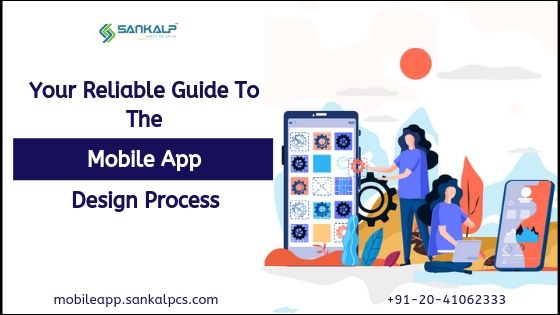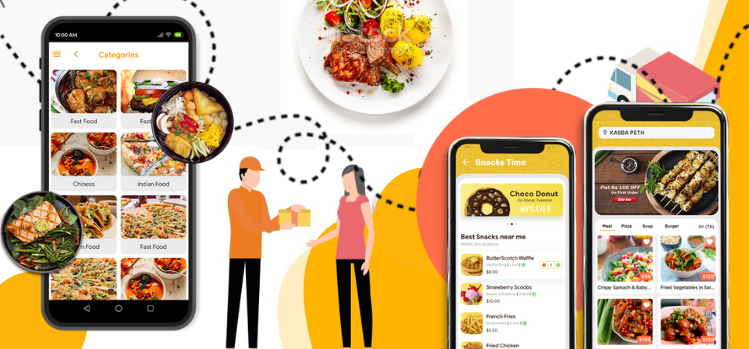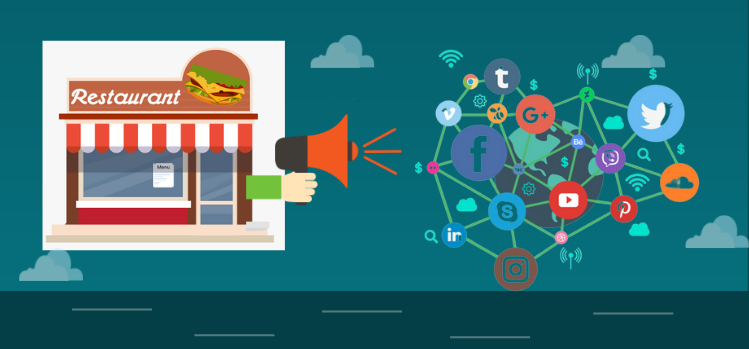The mobile app development industry is flourishing. But for many, creating and designing a mobile app from scratch sounds like a challenge. This is because of the complexity of coding and design involved. Impossible is possible if you design and plan each step of retail app development effectively, to begin with. For those in a business that values its customers, a mobile app is not an option. It is a necessity. International app downloads reached 268+ billion by 2017 and continue to grow. As we speak, there are billions of apps available on iOS and Android play stores.
A mobile strategy matters. Users spend 90% of their time on apps while surfing the web. Mobile apps help businesses reach customers, engage with clients, increase brand awareness, create competitive advantage and improve the bottom line. An average user spends more time on his smartphone than on a PC or any other smart device. To tap the infinite potential of this market, mobile app design processes and systems must be in place.

The Strategy
Mobile app design starts with a strategy to define the future and the path to reach the destination. Understanding the business strategy is essential to developing an app your customers can relate to. Overall, the business strategy is crucial to developing your app. Harvard Business Review found strategic misalignment can be detrimental to business growth.
Maximize ROI, reduce training needs and increase customer satisfaction by opting for apps that develop in line with business objectives. This leads to an improvement in value, quality, employee efficiency, customer engagement, and productivity. The Android or iOS app development and design must take the company strategy, market conditions, customer journeys, competitors and stakeholders into account.
Research shows app users are 2x times likelier to become repeat customers. Further, the buying frequency of smartphones is 1.8 times higher than other devices. Mobile app design processes should be able to chart app strategies. Strategies should be specific, measurable, timely, relevant and achievable.
The Budget
Another important consideration is the budget allocation. This includes capital, human resources, operating cost and allocation of other resources. Fuel the app budget with more resources. Remember that the mobile app design process cannot exist in isolation.
The Target Audience
Note that you cannot target the entire market. You need to focus the smartphone app design process keeping the needs, preferences, and demographics of the target audience in mind.
The Implementation
Implementation begins with an MVP or minimum viable product. This is an app with minimal features for validation and learning. Prioritize features and focus on minimally acceptable features, to begin with. Sort out the features on the basis of priorities and add must-have features.
The Testing
Every mobile app can have bugs. So you must test your app. The test should consider the scope of the app, the features, individual cases, outcomes, app versions, any integration and much more. Be clear about the tools for development, testing, and maintenance that are required.
The Wireframe and Prototype
UX wireframe is the visual representation of user interfaces. UI, transitions, and interactions are based on market research, competition, and strategy. The purpose of the wireframing is defining the flow of the app, like the number of windows, buttons, registration, login, and front or back-end app development. A prototype can then show you functions, features and test coding.
The UI Design
UX research, wireframes, and prototypes are about the way the app works. The UI design is all about how the app appears. At this stage, developers study the visual representation of fonts, schemes, colors, shapes, buttons, images, illustrations, forms and animations. Multiple designs need to be tested to see what works best. The animation is applied and tested with the UI design phases, in real-time.
The Planning
Software architecture planning is the most crucial aspect of design. The core purpose is to set up the app, make it better in terms of design. So, at this stage, the backend and front-end processes are improved by tweaking software architecture. The purpose is the identification of structured solutions to meet user, system, business, operational and technical requirements.
The Development
This is where coding and creation of the app begins. Once this is complete and tests are carried out, from functionality to integrity, then it’s time for the app’s launch.
Conclusion
If you need an app development team that codes for the future, choose Sankalp. A leading software solutions provider, Sankalp is a mobile app development company that excels at each and every stage of the mobile app design process. Experience the certainty that comes from hiring the best in the business, so every aspect from strategy to testing and launching the app is a success!







It’s really a great and useful piece of info.
I am happy that you shared this helpful info with us.
Please keep us up to date like this. Thank you for sharing.
[…] For impeccable apps, choose ISO-accredited mobile application development company Sankalp. With over 2 billion consumers using smartphones, and the number expected to reach 4 billion by 2020, this is a market you don’t want to miss out on. Close to 70% of people spend time on apps. 80% of all consumers use mobile apps for services such as paying and booking. To develop the perfect mobile app for your company, Sankalp is a reliable mobile application development company you should choose. Sankalp developers excel at resource optimization, UI/UX, data management, and resource optimization while crafting user-friendly apps. […]